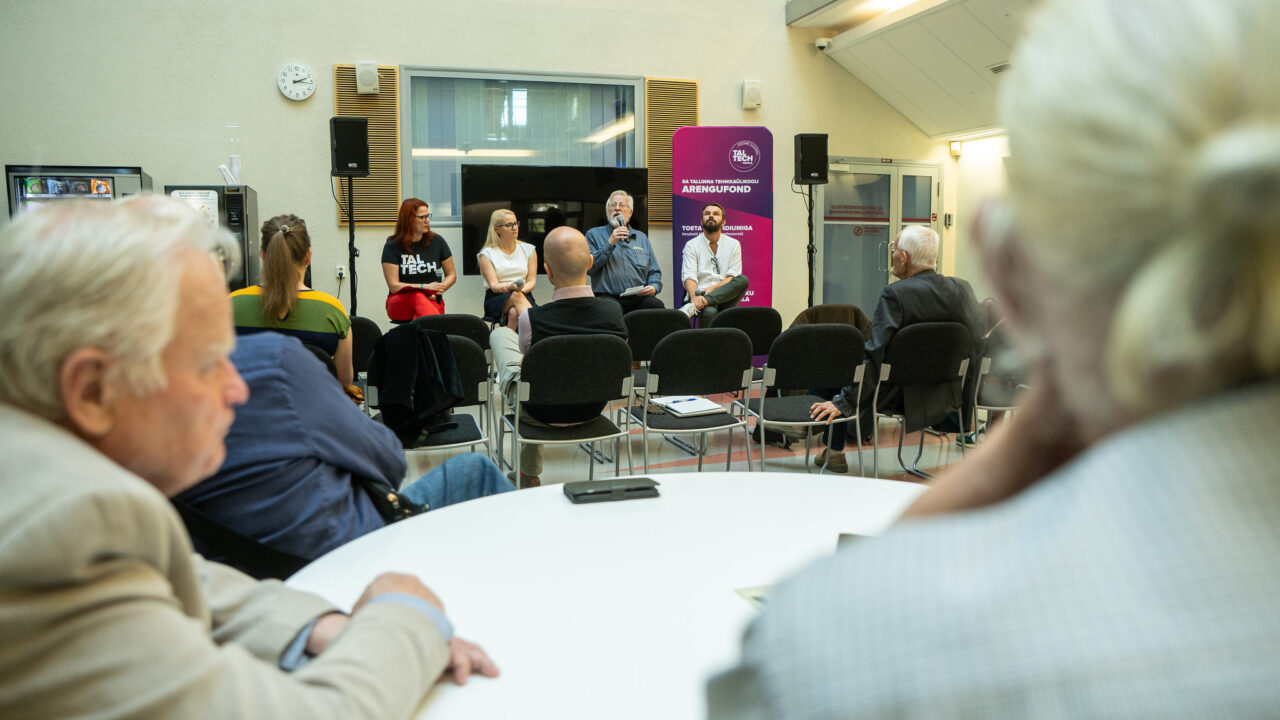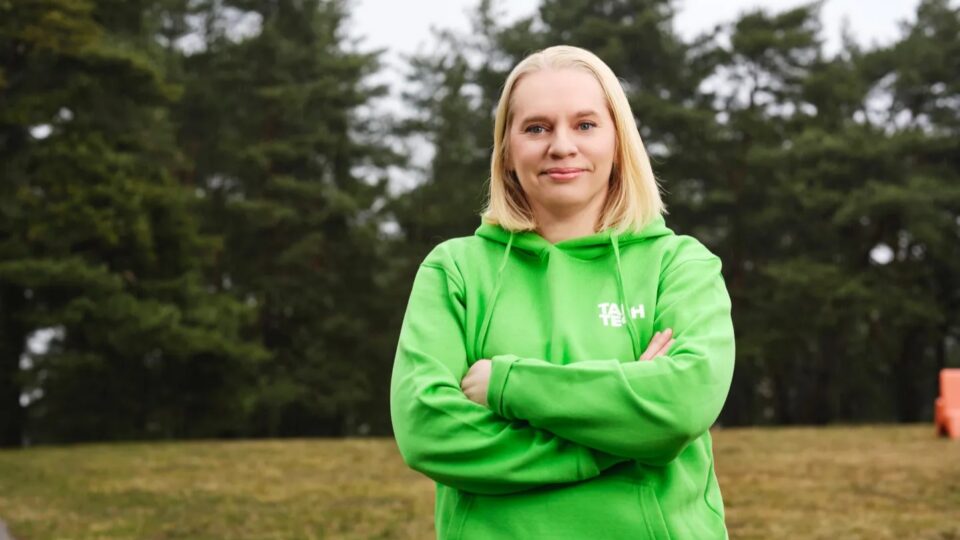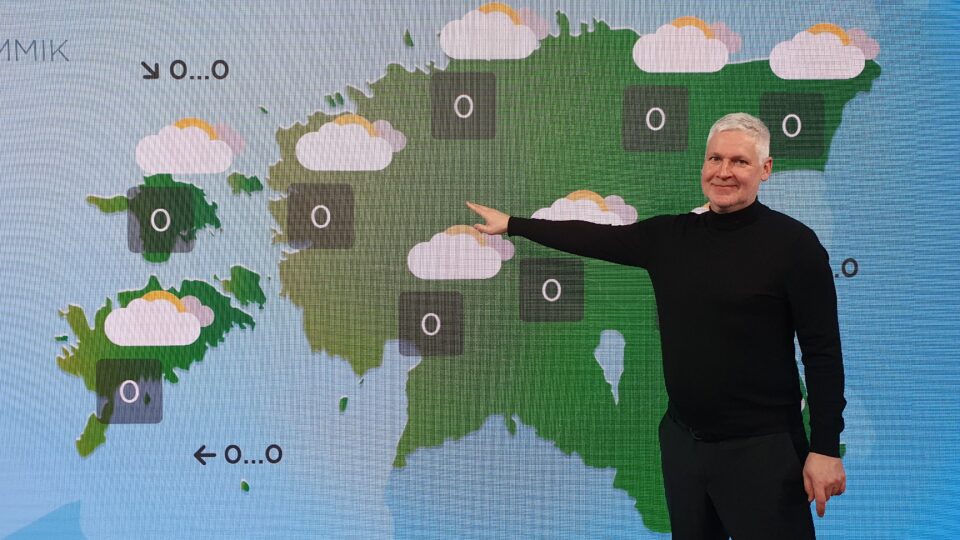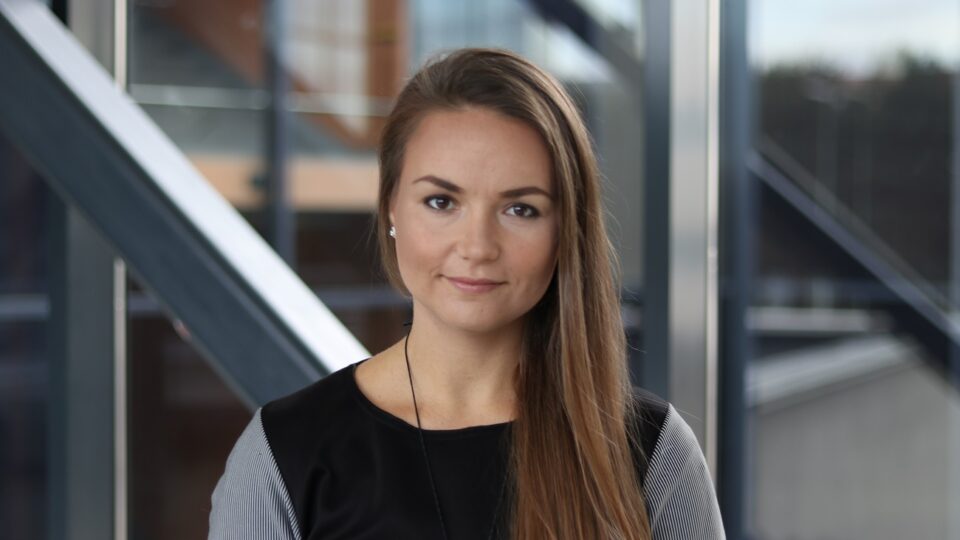Why don’t Estonians believe?
At the start of TalTech’s Green Theme Month discussion, a painful truth emerged: climate change does not concern the average Estonian until its impact is felt directly. Vares noted that in business operations, climate change shows up in supply chains: flooded warehouses in New Zealand, factories halted by heatwaves in Southern Europe, unexpected energy costs. “If you don’t feel the problems on your own skin, it’s as if they don’t exist,” Vares remarked.
Soomere pointed out that in the temperate zone, many of climate change’s short-term effects appear beneficial – longer growing seasons, easier access to Arctic resources, new crops. “The damage seems to be somewhere far away – the benefits are here and now,” he said, describing the asymmetry that fuels skepticism. At the same time, he stressed the need for a longer perspective: “When you look at it over the long term, mathematics, physics and economics all say in unison: climate change is harmful to us all.”
Karo added that in everyday life we often translate global risks into our own socio-economic concerns – food prices, delivery delays, heating bills – that seem to have nothing to do with climate. In this way, the cause-and-effect relationship disappears, and the big issue becomes “someone else’s” problem.
“If you don’t feel the problems on your own skin, it’s as if they don’t exist.”
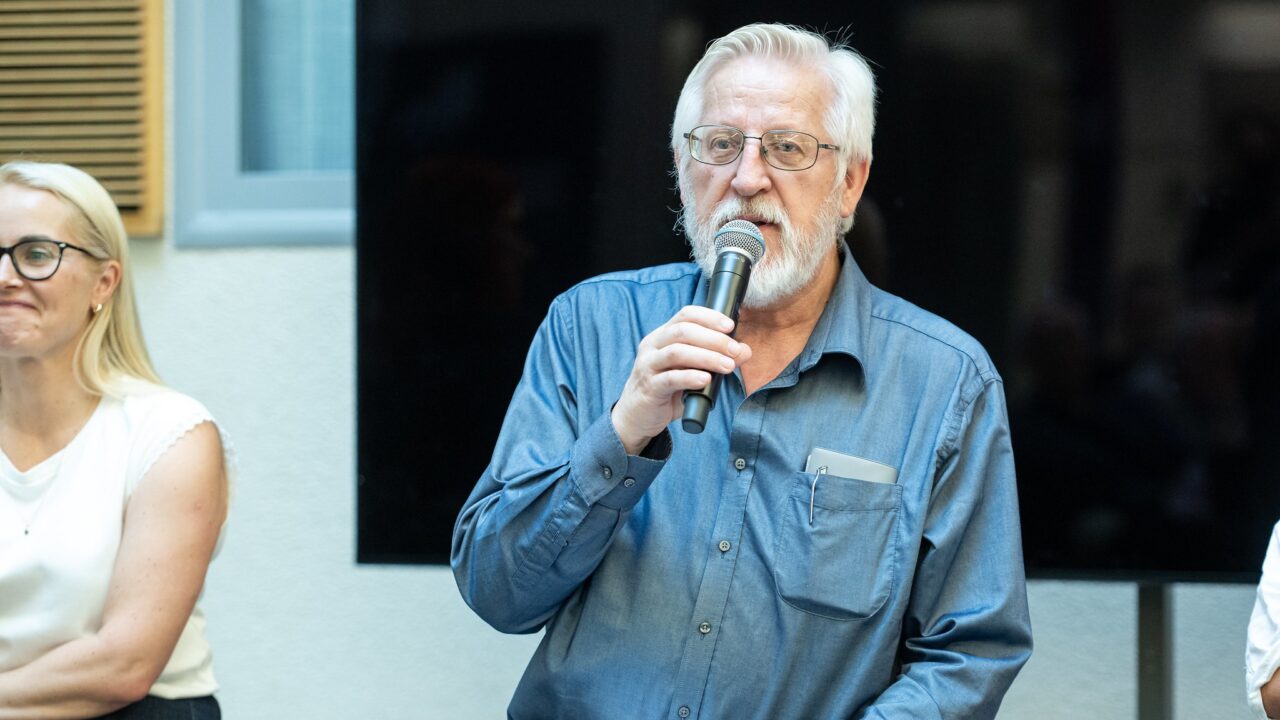
Tarmo Soomere pointed out that in the temperate zone, many of the short-term effects of climate change appear beneficial – a longer growing season, easier access to Arctic resources, new crops. Photo: Martin Pedaja
Economic growth and the mathematics of sustainability
Moderator Mari Öö Sarv raised a sharp question: why are sustainable solutions so often discussed only in terms of economic feasibility? In her view, caring for the planet should not be a matter of profitability, because without a functioning environment, the economy itself cannot exist.
The conversation quickly turned to the issue of economic growth. Karo recalled that the infinite growth model has been in doubt for more than 50 years. The divergence lies in time and risk horizons – in the short term, growth may seem inevitable, but in the long term, its sustainability becomes problematic.
Soomere approached the question of the world and sustainability from a mathematician’s perspective. He explained that the world’s development can be described by linear differential equations, which have only three possible solutions: a polynomial, meaning steady (de)growth; an exponential, meaning change that starts quietly but grows or declines exponentially; and oscillation, meaning cyclical movement, as seen in economic crises. From this follows his conclusion that sustainable development actually means only two possible scenarios: either exponential decline, or regular crises that keep the system in balance. “Either at some point we hit the wall, or we take regular blows to keep going,” he illustrated, emphasizing that the universe offers us no other options.
Vares added that an economy based on renewable resources can grow, but there must be a limit to the use of non-renewable resources.
The discussion also touched on Jevons’ paradox: when something can be used more efficiently and cheaply, it is often consumed more, not less. In the Estonian context, Soomere gave the example of building renovation – the greenest step possible. “The greenest energy is the one that is neither produced nor consumed,” he said. But he warned that savings must strengthen the circular economy, not trigger new consumption. This way, we have a chance to break Jevons’ paradox.
“Either at some point we hit the wall, or we take regular blows to keep going.”
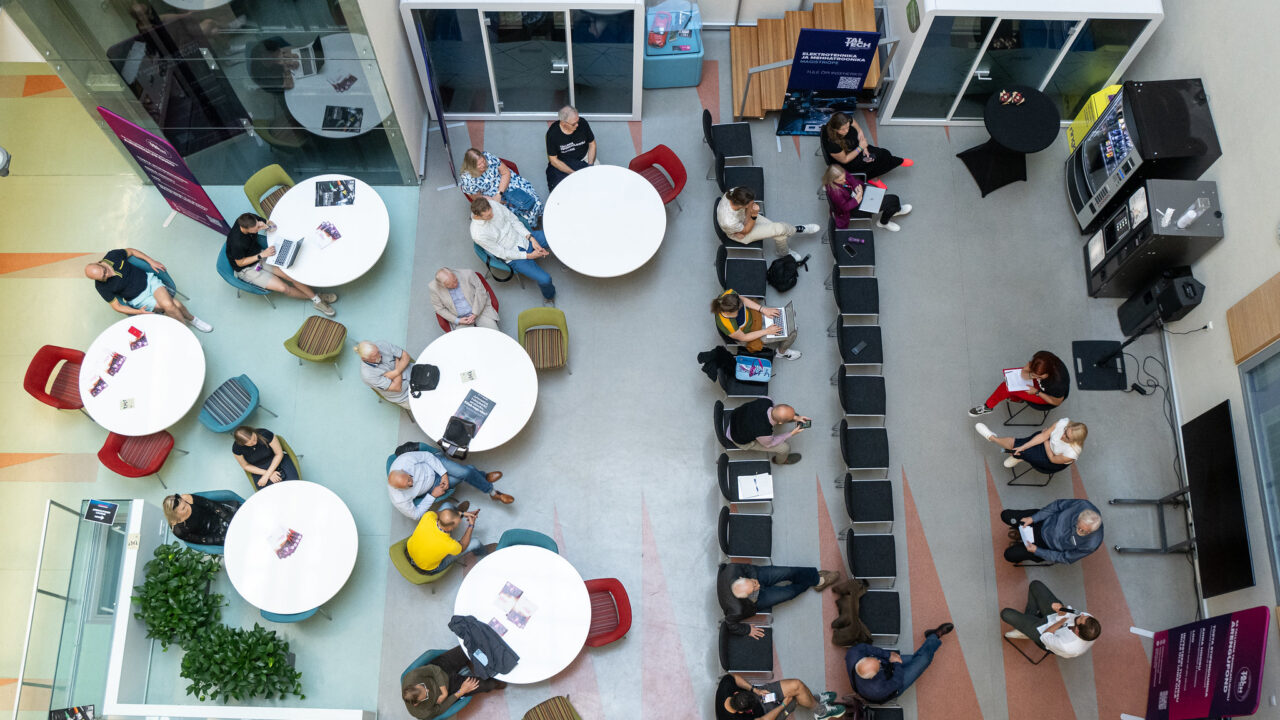
The discussion also touched on Jevons’ paradox: when something can be used more efficiently and cheaply, it is often consumed even more. Photo: Martin Pedaja
GDP does not tell the whole truth
The panelists were unanimously critical of GDP as a measure of social progress. They stressed that a single economic indicator cannot provide a complete picture of society’s development.
Speaking of GDP’s absurdities, Soomere gave the example that the public sector’s contribution to economic growth can essentially arise in only two ways – either the sector expands or wages increase. Both raise the national total, but say nothing about the sector’s actual development or efficiency. “In the social sciences, including economics, it is unfortunately often the case that what is easy to measure is not the most important – and the truly important things are very hard to measure,” he observed.
According to Vares, there are indeed a number of specific indicators that help assess health, the state of nature, and much more, but these are difficult, sometimes even impossible, to tie into a single whole.
Sarv offered a vivid metaphor: well-being does not consist in endless growth, but in the ability to say, “I have enough.”
“In the social sciences, including economics, it is unfortunately often the case that what is easy to measure is not the most important – and the truly important things are very hard to measure.”

The panelists were unanimously critical of the idea of GDP as a measure of social progress. They stressed that a single economic indicator does not provide a complete picture of society’s development. Photo: Martin Pedaja
Challenges TalTech can help solve
Soomere emphasized that several major problems can in fact be solved with the support of TalTech’s engineering science. In his view, Estonia faces three fields where science and technology can make the world tangibly and rapidly better.
First, energy efficiency. Through large-scale building renovation, up to half of previous energy costs can be avoided. This is not just theory, but construction work in which TalTech offers strong competence – from materials science to management systems.
Second, the electricity grid. Smarter management and modern power electronics could reduce energy losses by up to one third. TalTech’s power electronics researchers are already contributing actively in this field.
Third, water and nutrient circulation. Everything from human life that ends up in water bodies – organic matter, nutrients, pharmaceutical residues – must, according to Soomere, be captured and returned to soil, forests and fields. “This is the next major green breakthrough – technologically fully solvable and part of our profile. We just haven’t asked the chemists properly yet,” he explained.
By the end of the discussion, the question arose: who is most obliged to contribute to achieving fundamental change? Vares stressed that the primary responsibility lies with producers and companies, as they shape market conditions. At the same time, she added, on a larger scale everyday choices of individuals also matter. “Every small step counts,” Vares noted, referring to the power of consumers. Karo added that change does not happen overnight but across generations – values and habits also move in waves.
“Every small step counts.”

